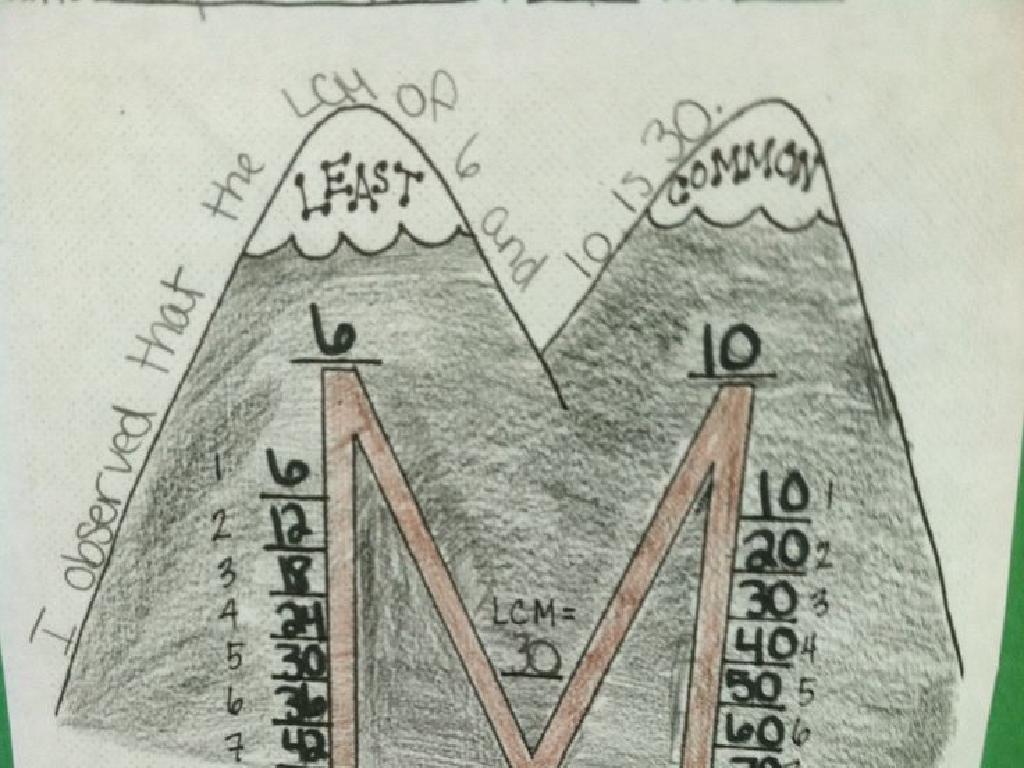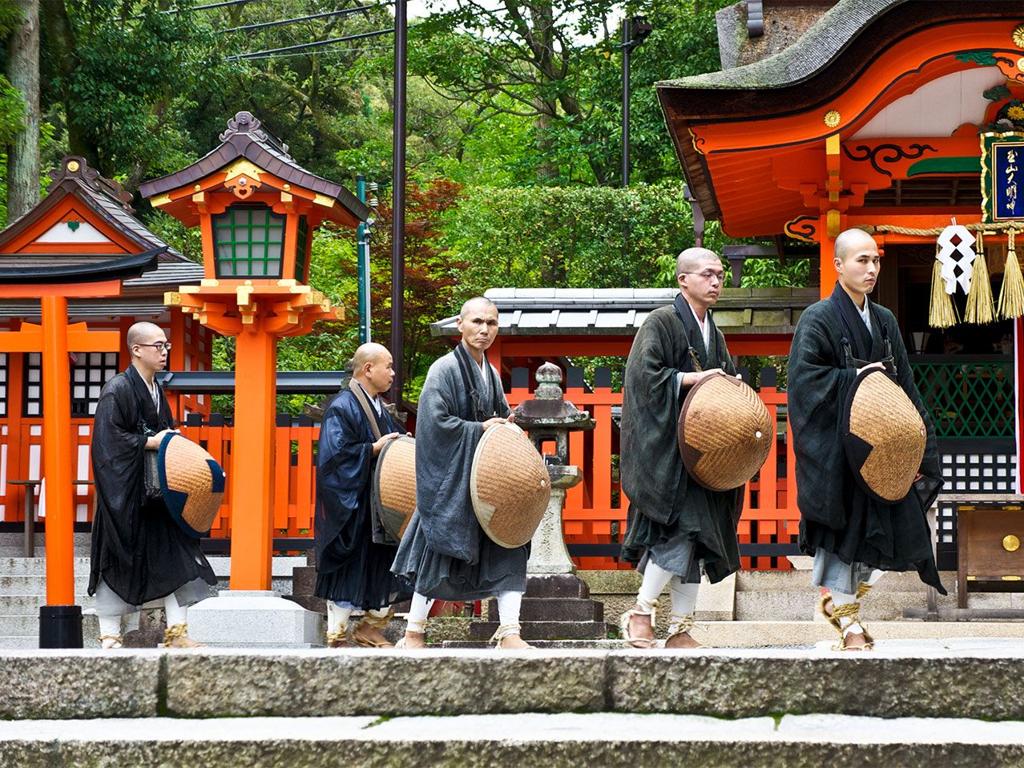The Mauryan Empire
Subject: Social studies
Grade: Seventh grade
Topic: Ancient South Asia
Please LOG IN to download the presentation. Access is available to registered users only.
View More Content
Exploring The Mauryan Empire
– Introduction to Ancient South Asia
– Overview of the Mauryan Empire
– First geographically extensive Iron Age empire in South Asia
– Significance in world history
– Marked the beginning of political unity and governance
– Key features of the Empire
– Known for Ashoka’s role in spreading Buddhism
|
This slide introduces students to the Mauryan Empire, a cornerstone of Ancient South Asian history. The Mauryan Empire was the first to unite multiple regions of the Indian subcontinent under a single government, marking a significant shift in political organization and power dynamics. Its significance in world history includes the spread of Buddhism under Emperor Ashoka, as well as advancements in art, architecture, and administration. Students should understand the Empire’s role in shaping early South Asian society and its lasting impact on the region’s culture and heritage. Encourage students to consider how the Mauryan Empire compares to other contemporary empires around the world and its contributions to global civilization.
Rise of the Mauryan Empire
– Chandragupta, the empire’s founder
– Chandragupta Maurya overthrew the Nanda dynasty to establish the empire.
– Establishment of the Mauryan Empire
– Unified large parts of India under a central government for the first time.
– Expansion under Chandragupta
– Conquered northern and central India, expanding the empire’s reach.
– Chandragupta’s governance methods
– Utilized a structured administration with advisors like Chanakya.
|
This slide introduces students to the Mauryan Empire, focusing on its founder, Chandragupta Maurya, and the empire’s establishment and expansion. Chandragupta’s rise to power marked the beginning of a unified Indian subcontinent under one ruler, which was a significant change from the fragmented kingdoms that existed before. The empire’s expansion under his rule showcases the military and strategic prowess of the Mauryan leadership. Chandragupta’s governance was notable for its sophisticated administrative structure, which included a council of ministers and a pioneering economist, Chanakya, as his advisor. This slide sets the stage for understanding the significance of the Mauryan Empire in South Asian history.
Administration of the Mauryan Empire
– Centralized government structure
– Power was concentrated in the capital with a well-organized administration.
– Emperor’s role with his council
– The emperor made decisions with advice from a council of ministers.
– Governance through spies and messengers
– Spies and messengers gathered information and conveyed orders across the empire.
– Efficient bureaucracy system
– A hierarchy of officials helped manage the vast empire effectively.
|
The Mauryan Empire was known for its strong centralized government and efficient bureaucracy, which allowed it to maintain control over a vast territory. The emperor, advised by a council of ministers, was at the top of the administrative hierarchy. To ensure loyalty and effective governance, the empire employed a network of spies and messengers. These individuals were crucial for gathering intelligence and ensuring the emperor’s orders were carried out. The bureaucracy was organized with officials responsible for various administrative functions, which streamlined processes and helped in the maintenance of law and order. Discuss with students how this structure compares to modern government systems and the importance of such organization in managing large empires.
Ashoka the Great and the Mauryan Empire
– Ashoka’s role in empire expansion
– Ashoka expanded the Mauryan Empire through conquests and governance.
– The transformative Kalinga War
– The Kalinga War’s brutality led Ashoka to seek a path of non-violence.
– Ashoka’s embrace of Buddhism
– After witnessing war’s horrors, Ashoka converted to Buddhism.
– Promoting peace through religion
– Ashoka spread Buddhism and its peaceful teachings across Asia.
|
Ashoka the Great was a pivotal figure in the Mauryan Empire, significantly contributing to its expansion. His reign is particularly noted for the Kalinga War, which, due to its extreme violence and high casualties, deeply affected him and led to his conversion to Buddhism. This conversion marked a turning point, not only for Ashoka but for the entire empire, as he then dedicated his rule to the spread of peace and Buddhist principles. He erected pillars inscribed with edicts promoting non-violence and moral living, which also helped to spread Buddhism beyond India. This slide will explore Ashoka’s impact on the empire and his legacy of peace through religion, which is an essential part of South Asian history.
Mauryan Economy: Foundation of Prosperity
– Agriculture: The Mauryan Backbone
– Farming was crucial, providing food and economic stability.
– Trade Routes: Pathways of Exchange
– Connected India to the world, enhancing cultural and commercial ties.
– Coins: Facilitating Trade
– Standardized coins improved trade efficiency and economy.
– Other Transaction Methods
– Barter system and standardized weights also played a role.
|
The Mauryan Empire’s economy was primarily based on agriculture, which was the main source of livelihood for the majority of the population. The empire’s extensive network of trade routes connected it with other civilizations, facilitating the exchange of goods, ideas, and culture. The introduction of standardized coins during this period made transactions easier and trade more efficient. Additionally, other methods like the barter system and the use of standardized weights and measures were important for the economy. Discuss the impact of these economic foundations on the stability and growth of the Mauryan Empire, and encourage students to think about how these elements compare to modern economic systems.
Religion and Society in the Mauryan Empire
– Influence of religion on governance
– Religion guided the emperor’s decisions and laws
– Buddhism, Jainism, Hinduism’s role
– Ashoka promoted Buddhism, while Jainism and Hinduism also flourished
– Mauryan social hierarchy
– Society was structured in a hierarchy from rulers to commoners
– Daily life in Mauryan times
– People engaged in agriculture, trade, and followed religious practices
|
This slide explores the intertwining of religion with the political and social fabric of the Mauryan Empire. Religion played a pivotal role in governance, with Emperor Ashoka’s promotion of Buddhism as a prime example. However, Jainism and Hinduism also had significant influence during this period. The social structure was hierarchical, with clear distinctions between the ruling class, priests, merchants, and laborers. Daily life for the Mauryans varied based on social status but generally involved agriculture, trade, and religious observance. Encourage students to consider how religion and social structure might influence their daily lives in comparison to the Mauryan society.
Art and Architecture of The Mauryan Empire
– Significance of Ashoka’s Pillars
– Symbol of political and religious communication
– Stupas and religious importance
– Stupas: domed buildings housing Buddhist relics
– Mauryan sculpture
– Stone sculptures showing intricate workmanship
– Diversity in Mauryan art
– Art includes pillars, pottery, coins, and textiles
|
The Mauryan Empire is renowned for its contributions to art and architecture, which reflect the grandeur and spirituality of the era. Ashoka’s Pillars are a series of columns dispersed throughout the subcontinent, inscribed with edicts promoting Buddhist moral law. They are significant as they represent the unification of the empire under Ashoka and the spread of Buddhism. Stupas, dome-shaped structures, are sacred in Buddhism as they often contain relics of the Buddha and are a place for meditation. Mauryan sculptures, with their intricate carvings and lifelike representations, showcase the skill of Mauryan artists. The diversity of Mauryan art, extending to pottery, coins, and textiles, highlights the cultural richness of the period. Encourage students to explore the symbolic meanings behind these art forms and their impact on Indian culture.
Decline and Legacy of the Mauryan Empire
– Factors leading to Mauryan decline
– Economic issues, succession struggles, and military defeats
– Mauryan Empire’s enduring legacy
– Centralized government, art, and spread of Buddhism
– Influence on subsequent cultures
– Inspired governance, architecture, and legal systems
|
The Mauryan Empire, once a powerful dynasty in South Asia, faced decline due to a combination of economic troubles, internal succession conflicts, and military setbacks. Despite its fall, the empire left a lasting legacy that influenced the region’s history profoundly. It established a model for centralized governance and promoted art and architecture, as seen in the famous Ashoka pillars. The spread of Buddhism during Ashoka’s reign had a lasting spiritual impact. The empire’s principles of governance, its architectural innovations, and its legal frameworks continued to shape the cultures and empires that followed. In the next class, we will discuss how these influences can be seen in modern South Asian societies.
Class Activity: Mauryan Empire Role-Play
– Divide into groups for role-play
– Each group represents Mauryan society
– Perform a Mauryan era scenario
– Imagine being in a marketplace or royal court
– Discuss Mauryan governance today
– How would their policies fit in our world?
|
This activity is designed to immerse students in the social and political dynamics of the Mauryan Empire through role-play. By dividing the class into groups, each student will have the opportunity to actively engage with the historical content by embodying different societal roles, such as traders, royals, or common citizens. Encourage each group to develop a scenario that reflects the daily life and governance of the time. After the role-play, facilitate a discussion on how the Mauryan governance system might be applicable or contrast with today’s government systems. This will help students draw connections between past and present and deepen their understanding of governance and societal structures. Possible scenarios for role-play could include a trade negotiation, a royal decree being passed, or a common day in the life of a Mauryan citizen. Provide guidance and historical context to ensure a productive discussion in the latter part of the activity.






